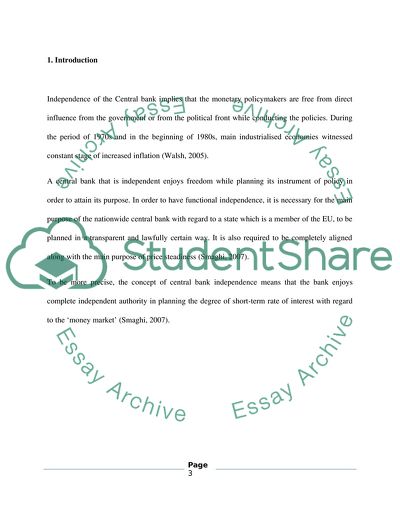Central bank independence and the conduct of monetary policy Essay. https://studentshare.org/macro-microeconomics/1755961-central-bank-independence-and-the-conduct-of-monetary-policy
Central Bank Independence and the Conduct of Monetary Policy Essay. https://studentshare.org/macro-microeconomics/1755961-central-bank-independence-and-the-conduct-of-monetary-policy.


